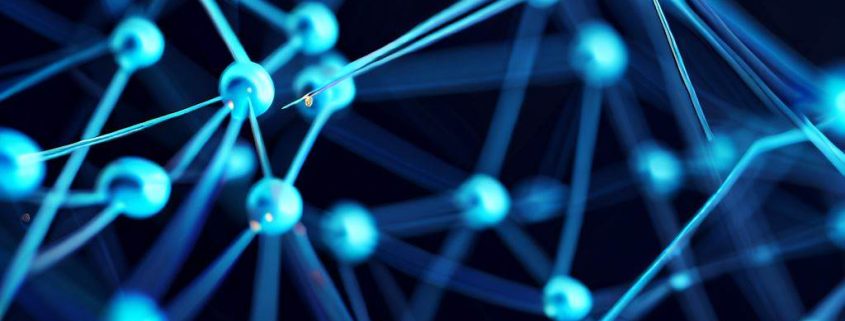The Rise Of Neural Networks
Introduction
The advent of neural networks marks a seminal point in the evolution of machine learning and artificial intelligence. Inspired by the structure and function of the human brain, neural networks have set the stage for transformative changes across various industries. This article aims to delve into the precipitous rise of neural networks, delineating their architecture, and exploring an array of pioneering use-cases that signify their pervasive impact.
Historical Context and Fundamental Architecture
From Perceptions to Deep Learning
The initial conceptualization of neural networks dates back to the 1950s with the invention of the Perceptron model by Frank Rosenblatt. Though the early models were rudimentary, the groundwork was laid for the development of more complex architectures. The real turning point came with the introduction of deep learning, a set of algorithms that allowed neural networks to learn from unstructured data autonomously, heralding an era of innovation.
Layers and Nodes: The Building Blocks
A typical neural network comprises an input layer, hidden layers, and an output layer. Each layer consists of interconnected nodes or “neurons,” designed to transform the incoming data using weights, biases, and activation functions. The architecture may vary from simple feed-forward networks to intricate structures like convolutional neural networks (CNNs) and recurrent neural networks (RNNs), each tailored for specialized tasks.
Pioneering Use-Cases Across Industries
Healthcare: Diagnostics and Personalized Treatment
In the healthcare industry, neural networks have revolutionized diagnostics. From analyzing MRI scans to detecting anomalies in X-rays, the capabilities of neural networks surpass traditional methods both in terms of accuracy and efficiency. Furthermore, they offer the potential for personalized treatment plans by predicting individual responses to drugs, thereby augmenting the practice of precision medicine.
Autonomous Vehicles: Navigation and Decision-making
The driving force behind autonomous vehicles, neural networks process a myriad of data points in real-time, from video feeds to sensor data, enabling the vehicle to navigate and make split-second decisions. CNNs are particularly effective at object recognition, while RNNs are used for sequence prediction like traffic patterns.
Finance: Risk Assessment and Algorithmic Trading
In the world of finance, neural networks assist in complex tasks like fraud detection and risk assessment. Their ability to identify patterns in large datasets enables predictive modeling that can foresee market trends, facilitating algorithmic trading strategies that are more adaptive to market dynamics.
Natural Language Processing: Translation and Sentiment Analysis
Neural networks have broken new ground in Natural Language Processing (NLP), particularly with Transformer architectures. Applications range from real-time language translation to sentiment analysis in customer service applications, enhancing the efficacy and scope of human-machine interaction.
Challenges and Ethical Considerations
Data Dependency and Transparency
Despite their prowess, neural networks are not without challenges. Their high dependency on vast amounts of data can be a bottleneck, especially in data-sensitive areas like healthcare. Additionally, their “black-box” nature raises questions of accountability and transparency, especially in high-stakes decisions involving human lives.
Ethical Implications
The pervasive nature of neural networks also brings forth ethical dilemmas, such as potential biases in decision-making systems and concerns about job displacement due to automation. As these technologies continue to evolve, a multi-stakeholder approach is crucial for developing ethical guidelines and governance mechanisms.
Conclusion
The ascent of neural networks has indubitably changed the landscape of technology and its applications across various domains. Their architecture, versatile and adaptable, has proven invaluable in solving complex problems that traditional algorithms could not tackle. While challenges and ethical quandaries remain, the trajectory of neural networks suggests a future replete with transformative possibilities, marking them as a cornerstone in the ongoing advancement of artificial intelligence. As we continue to push the boundaries of what neural networks can accomplish, the potential for groundbreaking innovations appears limitless, solidifying their position as a pivotal element in the technological climate.




